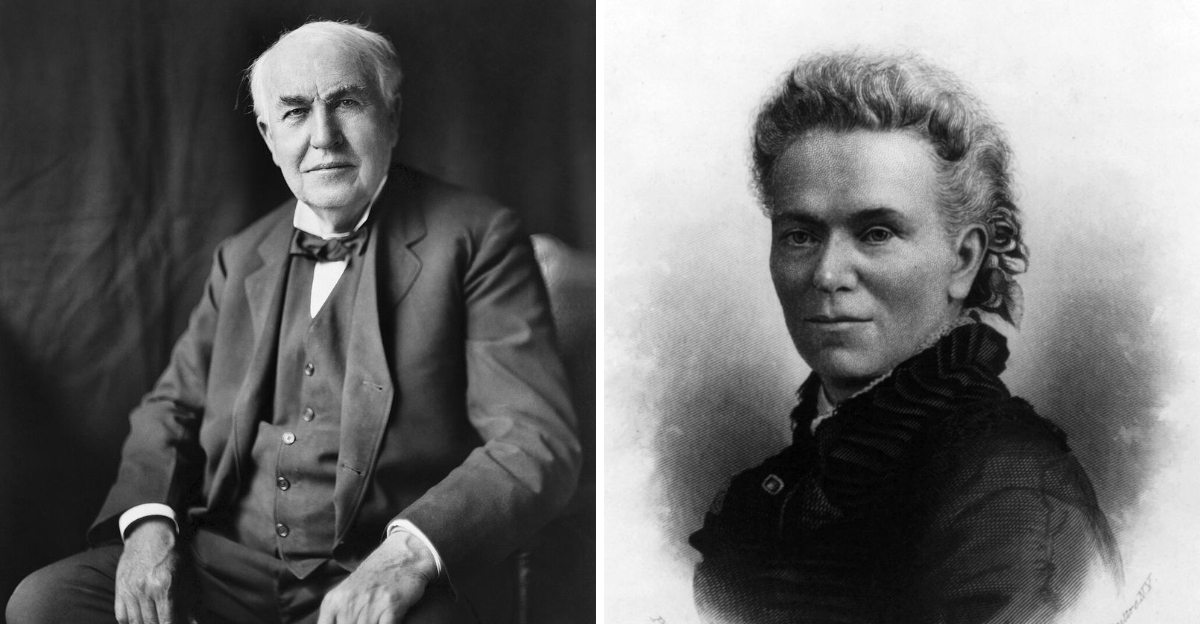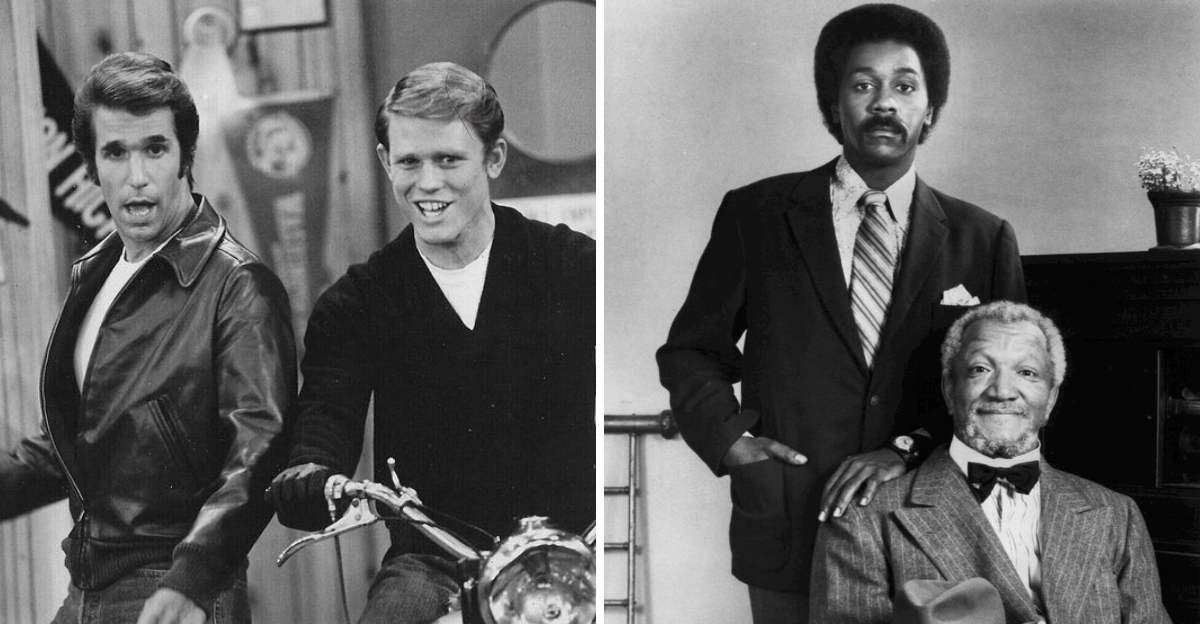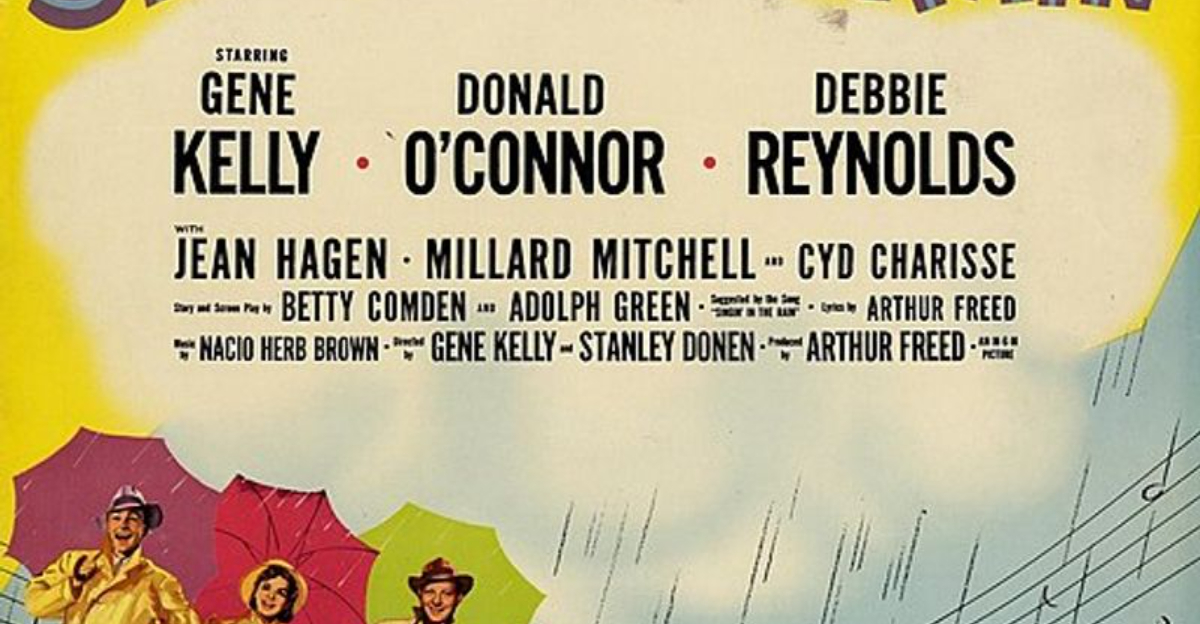12 Bands From The 1970s Everyone Loved To Hate
Music fans can be brutal critics, especially when a band hits it big.
The 1970s brought us disco balls, platform shoes, and some seriously divisive groups that split audiences right down the middle.
While millions bought albums and concert tickets, plenty of music lovers rolled their eyes and changed the radio station whenever certain bands came on.
1. The Bee Gees
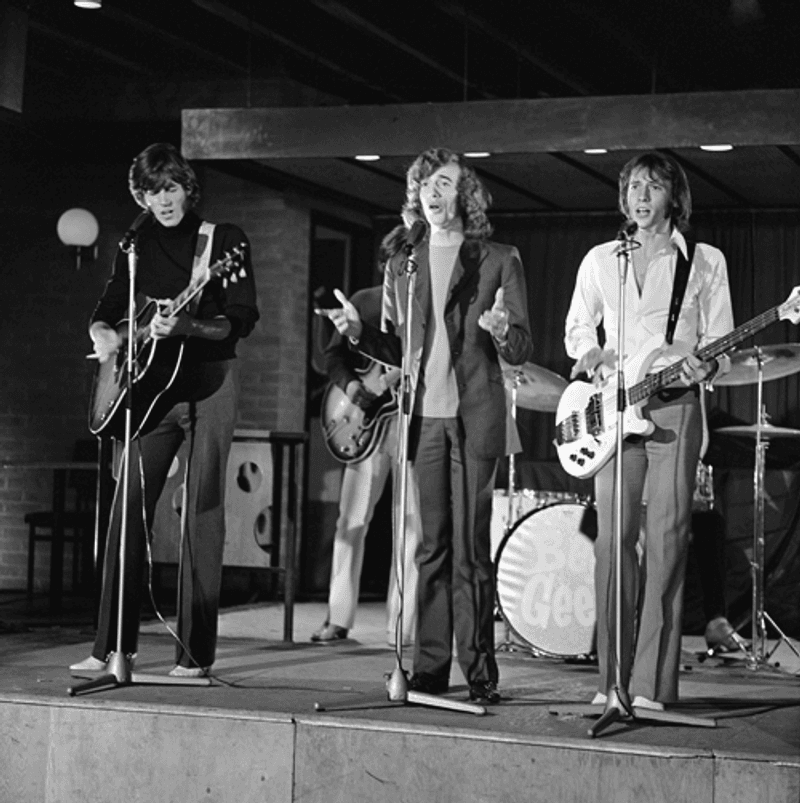
Saturday Night Fever made them superstars, but rock purists couldn’t stand those high-pitched falsettos. Critics dismissed disco as shallow party music without substance or artistic merit.
Barry, Robin, and Maurice Gibb faced constant mockery for their tight pants and chest hair. Yet somehow, they kept churning out hits that dominated dance floors worldwide despite all the hate.
2. The Eagles
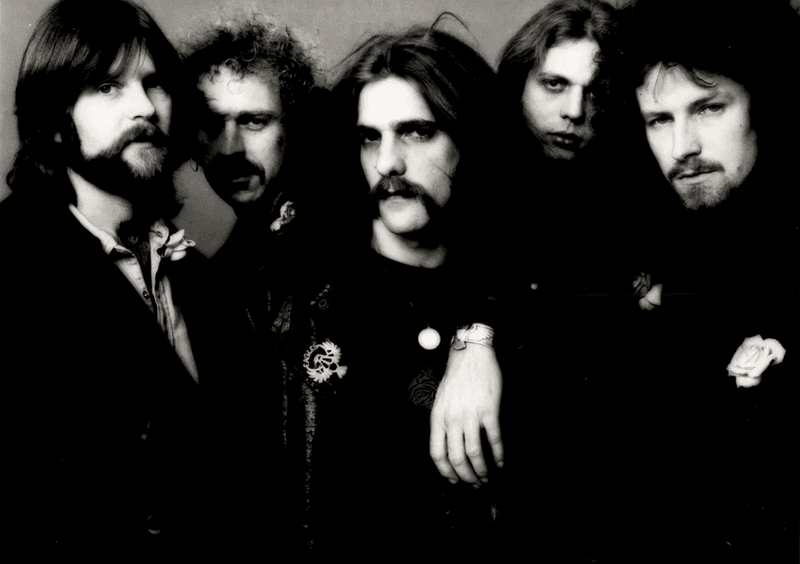
Smooth harmonies and California vibes made them chart-toppers, but punk rockers thought they represented everything wrong with corporate rock. Many musicians found their polished sound too safe and commercial.
Hotel California became inescapable on radio stations everywhere. Music snobs complained the band lacked edge and authenticity, preferring rawer sounds to their carefully crafted productions.
3. Kiss
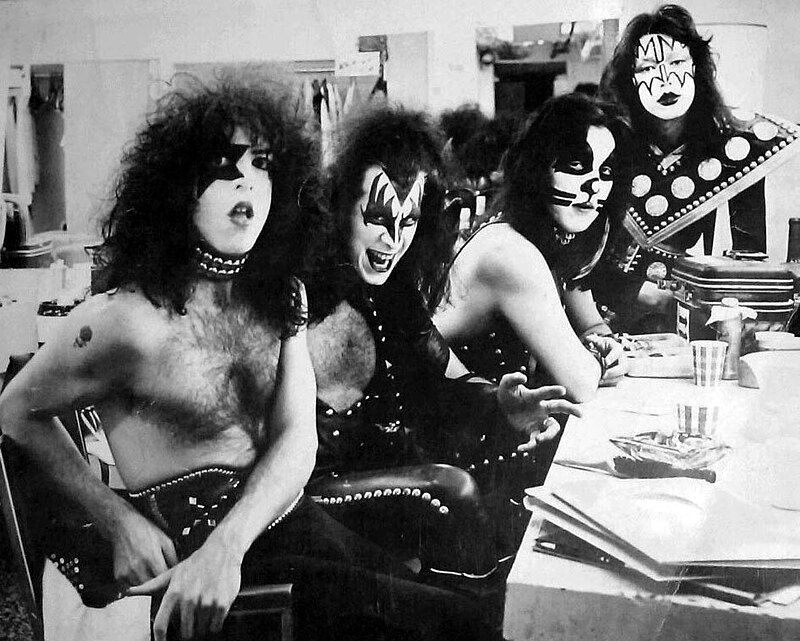
Face paint and pyrotechnics brought spectacle to rock concerts, but serious musicians dismissed them as gimmicky performers. Gene Simmons and company prioritized showmanship over musical complexity.
Critics argued that removing the makeup would reveal mediocre talent underneath all that flash. Kids loved the comic book aesthetic while parents and music journalists rolled their eyes at the theatrical excess.
4. Emerson, Lake & Palmer

Progressive rock reached peak pretentiousness with this keyboard-heavy trio. Twenty-minute songs with classical music influences alienated listeners who just wanted catchy tunes.
Keith Emerson’s spinning piano stunts seemed more circus act than serious artistry. Punk movement leaders specifically targeted bands like this, calling them bloated dinosaurs who had lost touch with rock’s rebellious roots completely.
5. The Carpenters
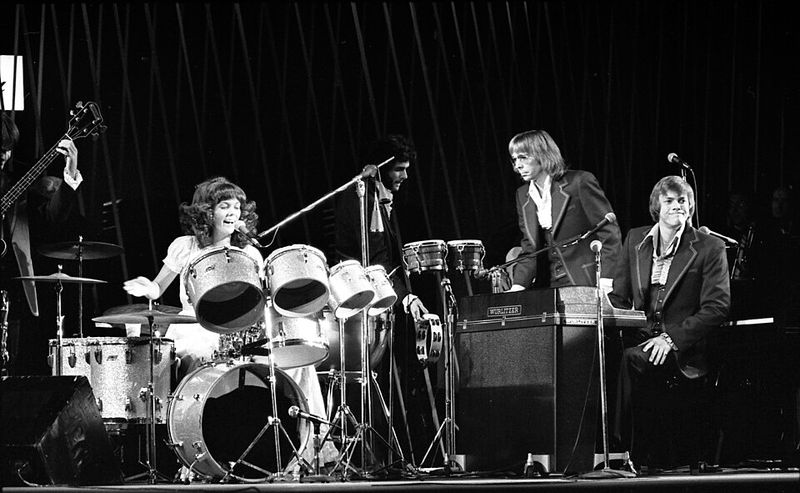
Karen’s velvety voice delivered wholesome pop that felt painfully uncool to hipper audiences. Rock fans found their squeaky-clean image and easy-listening style absolutely insufferable.
Songs about raindrops and sunny days seemed hopelessly square compared to edgier artists. Critics accused the sibling duo of making elevator music while actual musicians were pushing boundaries and challenging conventions.
6. The Bay City Rollers
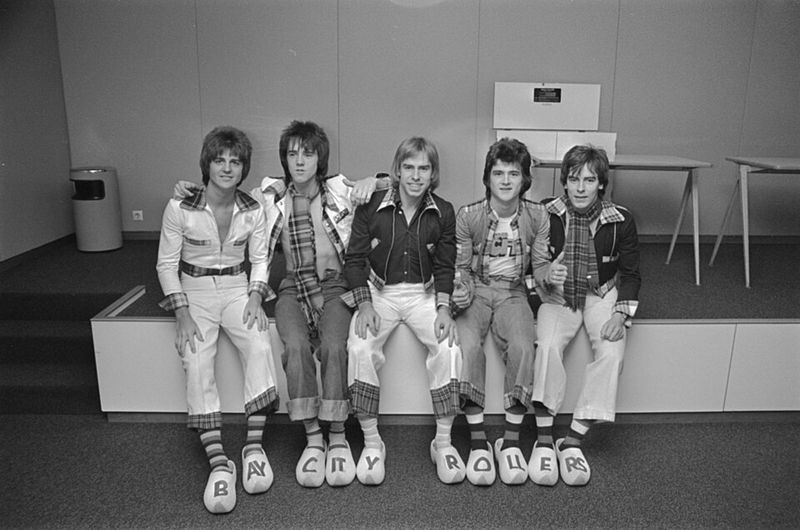
Tartan scarves and teen hysteria made them a marketing phenomenon rather than a respected musical act. Adults viewed them as a manufactured boy band exploiting young girls’ emotions.
Musicians mocked their bubblegum pop as disposable fluff without lasting value. Scotland’s biggest export since bagpipes inspired screaming crowds but earned zero credibility among anyone over sixteen years old.
7. Styx
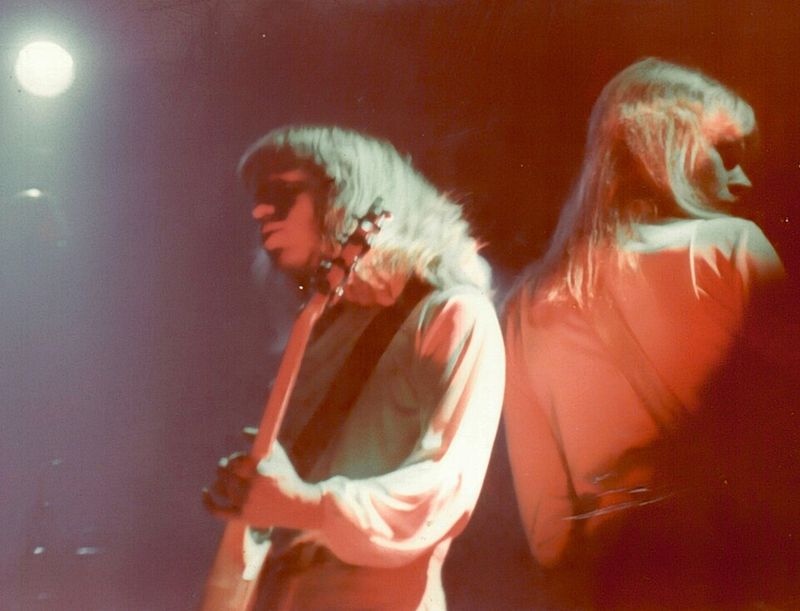
Concept albums about robots couldn’t save this band from ridicule. Rock purists hated their theatrical approach and synthesizer-heavy arrangements that seemed calculated rather than genuine.
Mr. Roboto became a punchline instead of an artistic statement. Dennis DeYoung’s dramatic vocals and the band’s pompous stage shows made them perfect targets when musical tastes shifted toward stripped-down authenticity.
8. Journey
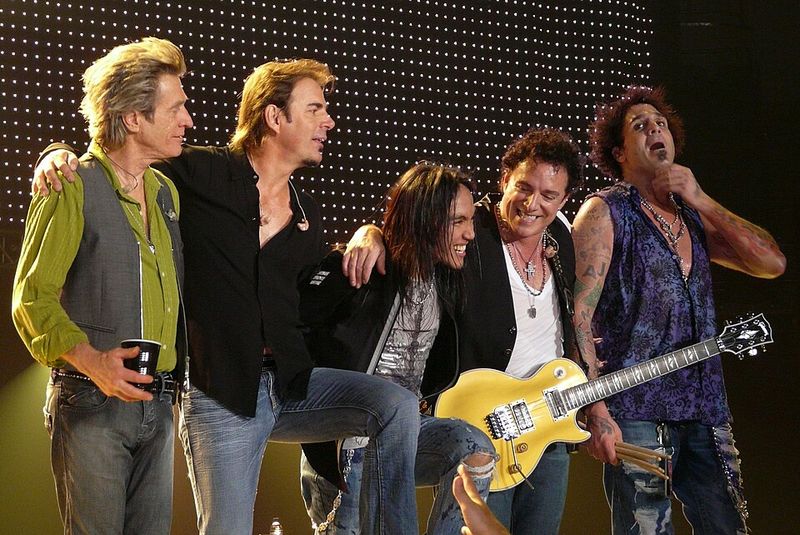
Power ballads and Steve Perry’s soaring vocals defined arena rock excess. Critics complained they sacrificed musical innovation for commercial appeal and predictable formulas.
Don’t Stop Believin’ wouldn’t become beloved until decades later. During their heyday, cooler kids dismissed them as corporate rock sellouts who traded artistic integrity for radio-friendly hits and stadium tours.
9. Foreigner
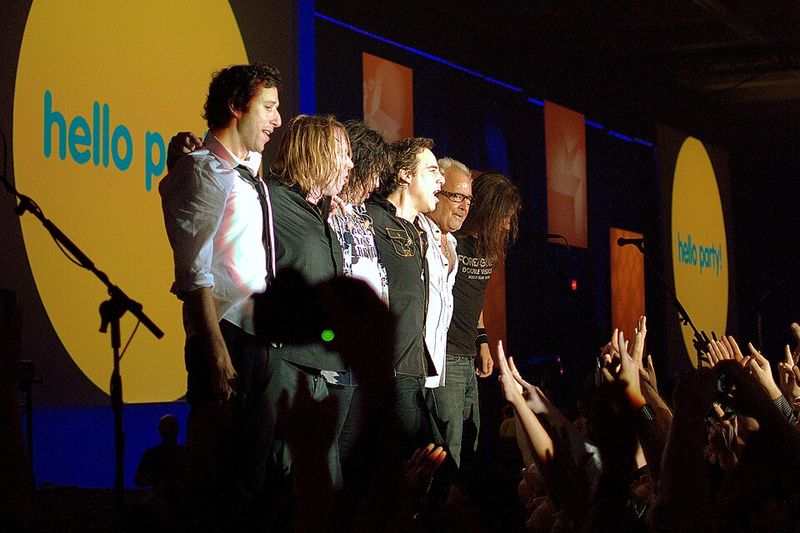
Catchy hooks and radio dominance made them millionaires but not critical darlings. Music journalists viewed them as formulaic hitmakers without genuine artistic vision or cultural significance.
Lou Gramm’s vocals powered anthems that felt engineered in laboratories rather than born from passion. Album-oriented rock stations played them constantly while tastemakers groaned about the death of authentic rock and roll.
10. Kansas

Violins in rock music confused and annoyed purists who preferred traditional guitar-based sounds. Dust in the Wind became ubiquitous at proms while earning sneers from cooler crowds.
Progressive tendencies combined with heartland origins created an identity crisis. Critics couldn’t decide if they were pretentious art-rockers or simple Midwestern musicians, so they just dismissed the whole package as hopelessly confused.
11. REO Speedwagon
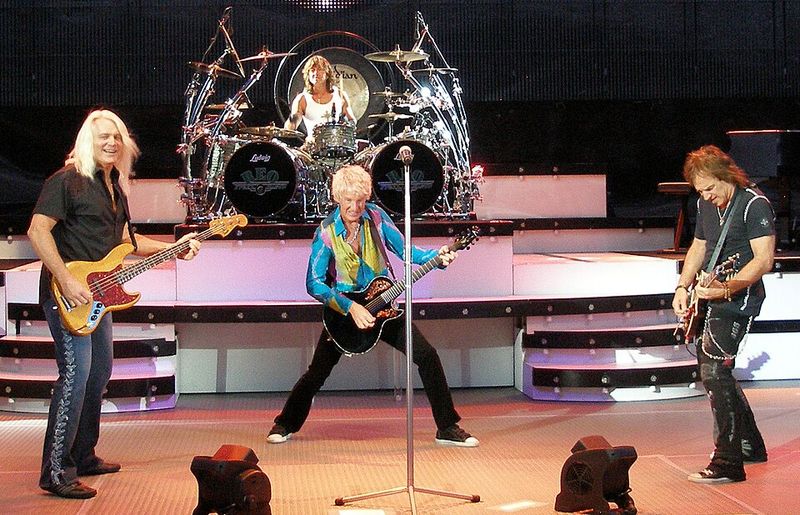
Heartland rock with sappy lyrics about feelings made them easy targets. Keep On Loving You represented everything punk rockers despised about mainstream music’s emotional manipulation.
Arena shows packed with lighters swaying to power ballads seemed pathetic to underground scenes. Kevin Cronin’s earnest delivery felt cheesy rather than touching, earning the band permanent residence in guilty pleasure territory.
12. The Osmonds
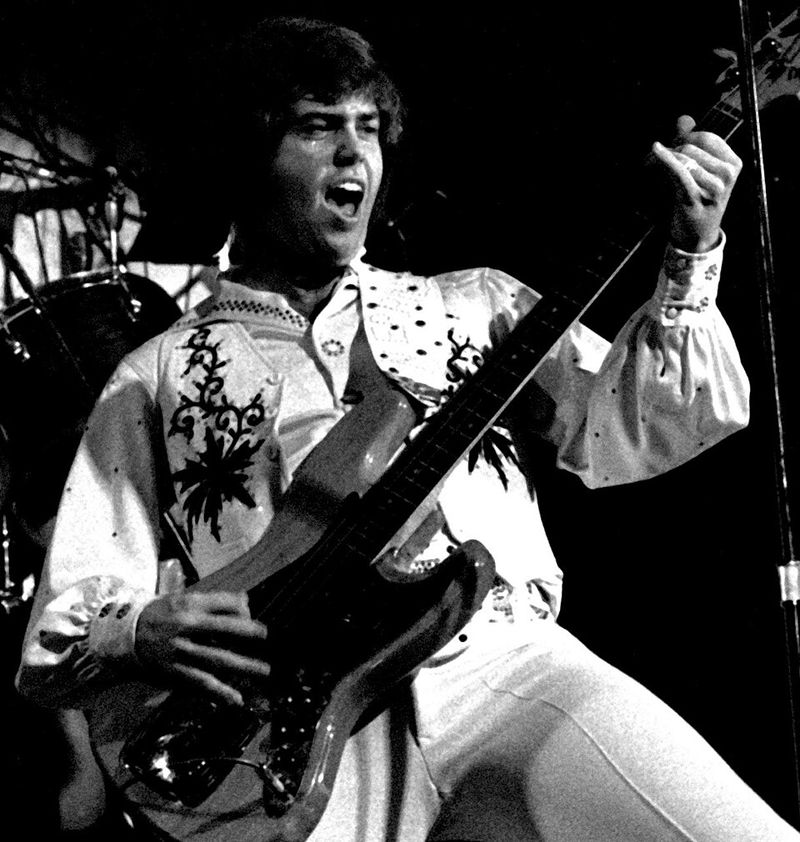
Wholesome Mormon family values clashed hard with rock’s rebellious spirit. Donny’s perfect teeth and squeaky-clean image made them unbearable to anyone seeking authenticity or edge.
Variety show appearances cemented their reputation as manufactured entertainment rather than legitimate musicians. While little sisters swooned, older siblings and music critics united in dismissing them as toothless pop confection without substance.

